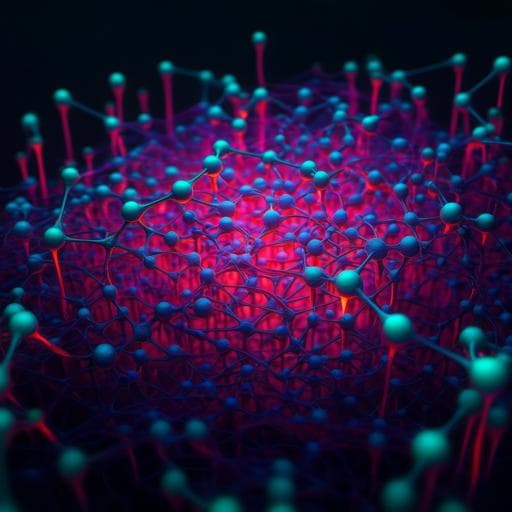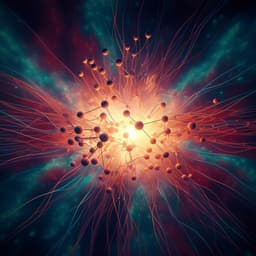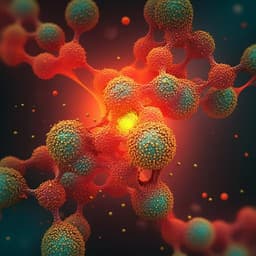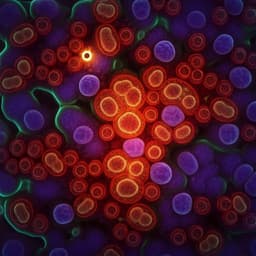
Medicine and Health
Deep self-learning enables fast, high-fidelity isotropic resolution restoration for volumetric fluorescence microscopy
K. Ning, B. Lu, et al.
Discover the groundbreaking research by Kefu Ning and colleagues as they unveil Self-Net, an innovative deep self-learning approach that revolutionizes axial resolution in fluorescence microscopy using lateral images. This remarkable technique improves image quality and advances whole-brain imaging resolutions to 0.2 x 0.2 x 0.2 µm³, enhancing our ability to visualize single-neuron morphology with unprecedented clarity.
~3 min • Beginner • English
Related Publications
Explore these studies to deepen your understanding of the subject.







